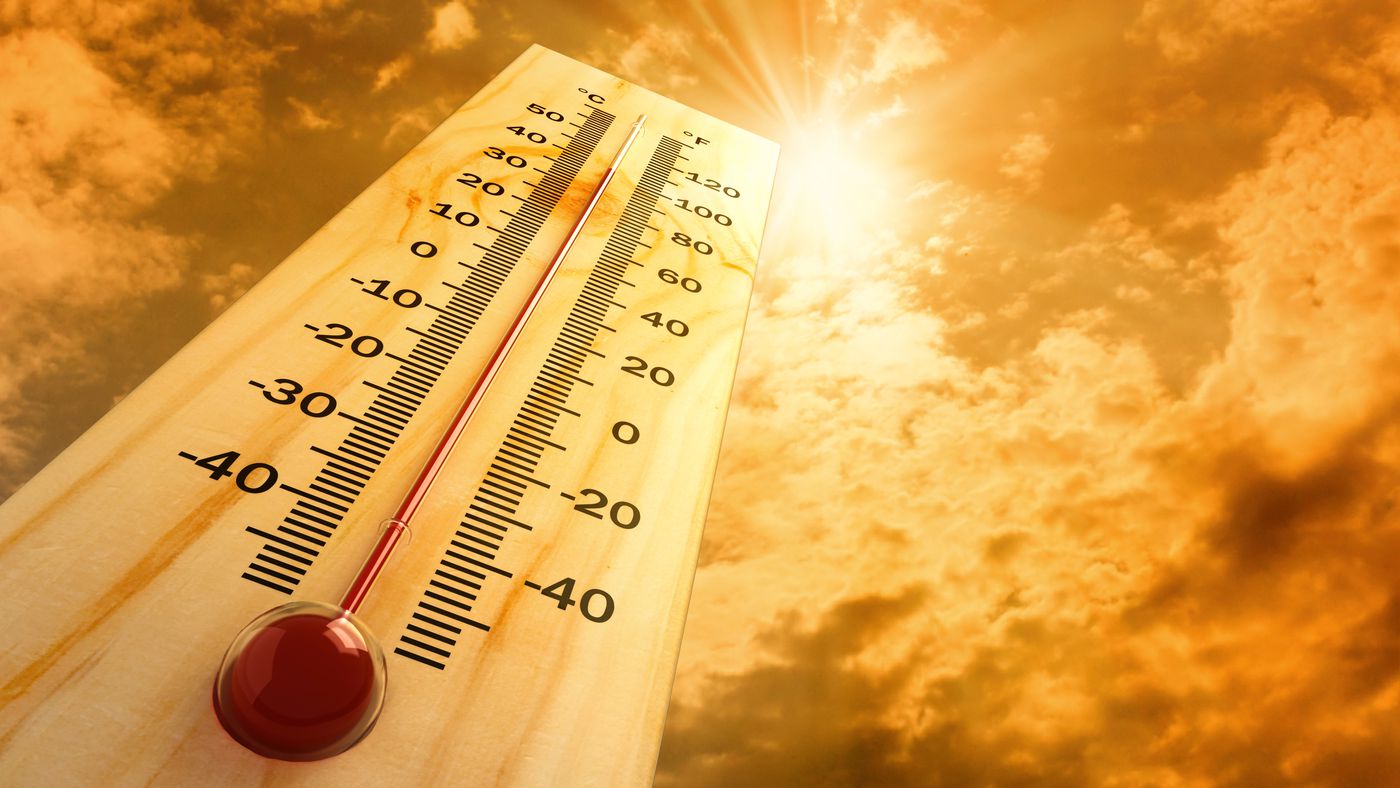
The Caribbean Climate Outlook Forum (CariCOF) has provided a forecast indicating a transition towards a much warmer heat season with potential recurrent heatwaves starting as early as April, due to a waning El Niño event in the Pacific and near-record warm temperatures in the Tropical North Atlantic. This period from March to May is expected to see significant climatic impacts across the Caribbean region.
During March, the region may experience high evaporation rates, an increase in the frequency of short dry spells, and a further buildup of ongoing drought conditions, potentially increasing the risk of wildfires in specific areas. In contrast, from April to May, there’s an anticipated sharp rise in rainfall intensity and shower frequency, raising the potential for flooding, flash floods, and associated cascading hazards in most places, excluding the ABC Islands (Aruba, Bonaire, and Curacao).
As of February 1st, several Caribbean locations are already facing long-term drought conditions, including Antigua, Dominica, French Guiana, Guadeloupe, Martinique, St Kitts, Suriname, northern Belize, eastern Cuba, northern Guyana, Haiti, Trinidad & Tobago, and the Windward Islands. Furthermore, the forecast suggests the evolution of long-term drought by the end of May 2024 in additional areas such as southwest Belize, Grand Cayman, inland portions of French Guiana, northeastern and inland portions of Guyana, southwest Puerto Rico, and northern Suriname, with potential development or continuation of drought conditions in other specified regions.
This forecast highlights the need for preparedness and adaptive measures in the Caribbean to mitigate the impacts of these climatic conditions, emphasizing the importance of water conservation, fire prevention, and flood risk management in the coming months.



 and then
and then